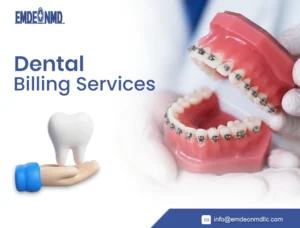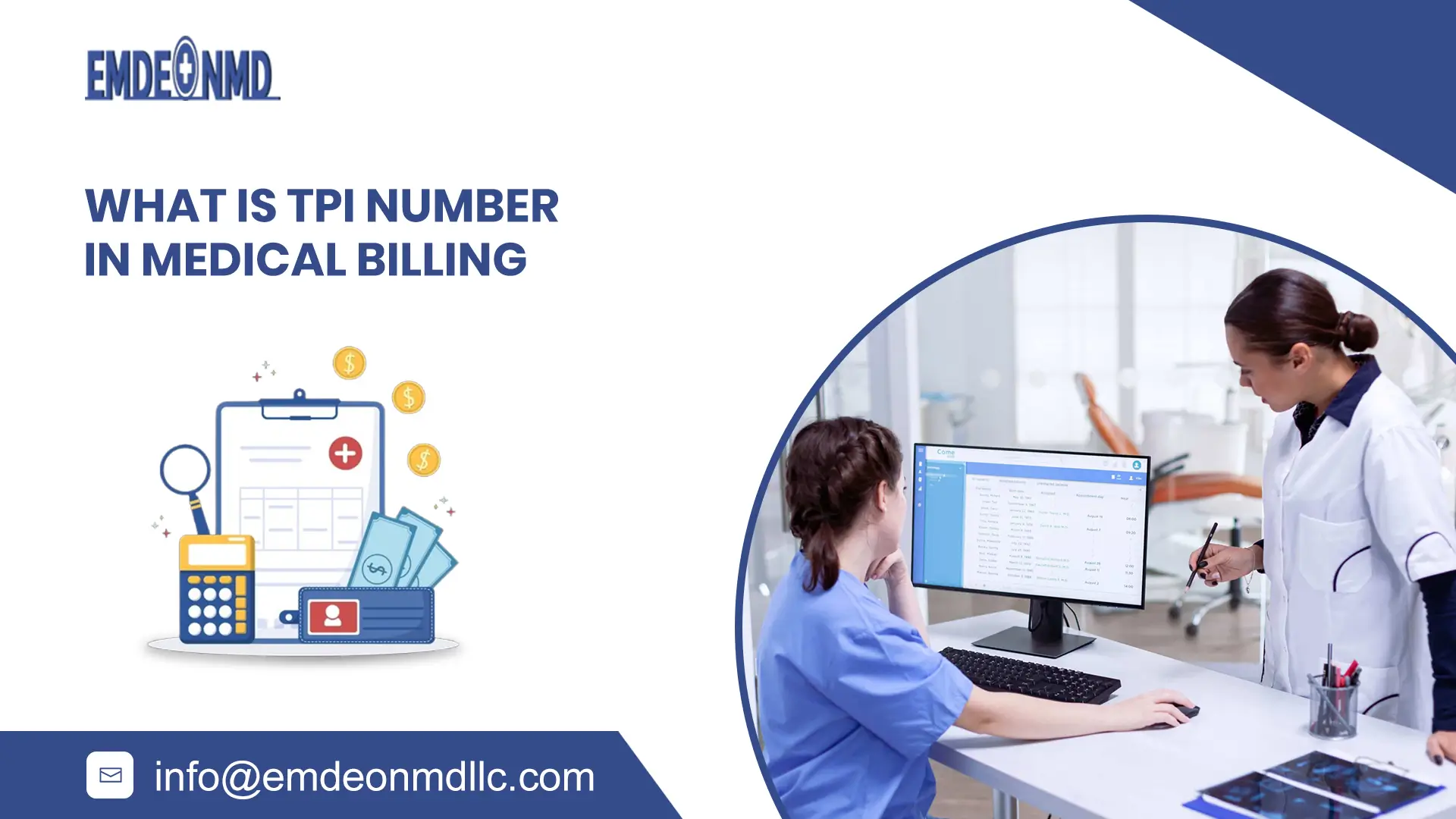Table of Contents
Introduction
The amount that a patient and their healthcare professional agree upon is the minimum monthly payment for medical bills. For medical debt, there is no fixed monthly payment amount. Your agreement with your healthcare provider will determine the minimum amount you must pay each month for your medical bills. Your medical bills won’t go to debt collection if you make your minimum payment and the remaining amount on time.In this blog post, we will discuss how to manage your medical debt and your available medical bill payment plans.
Health coverage for medical bills
Whenever a patient receives a service from a doctor or hospital or goes through a medical procedure, he/she has to pay medical bills. It can be quite stressful for patients to pay medical bills along with other expenses like taxes, transportation, and monthly groceries.
- In 2023, most people, 92.0 percent, or 305.2 million, had health insurance, either for some or all of the year.
- In 2023, private health insurance coverage continued to be more prevalent than public coverage, at 65.4 percent and 36.3 percent, respectively.
Therefore patients have to pay the remaining balances on their own because the majority of insurance policies do not cover the full process. A patient may still have to pay a large copayment for costly procedures even if they have an excellent insurance plan.
What is the least amount I can pay on medical bills?
There is no hard and fast rule for a minimum monthly payment for medical expenses. The main advantage is that patients can work out a payment plan and contract with hospitals or other healthcare providers.
Tips for reducing medical bill payments
Following are the ways or plans one can go for while deciding to pay medical bills:
1. How to set up a payment plan for medical bills
Numerous healthcare professionals, such as doctors, dentists, and hospitals, are able to arrange a low-interest or no-interest payment plan for your medical costs. It is one of the most affordable medical bill monthly payments.
Your bill amount and the parameters you agree upon will determine the lowest amount you can pay under your payment plan. Usually, you divide the bill into several equal installments carried out over several months until the entire amount is paid. To determine whether the payment plan is affordable, find out if there are any additional fees or hidden charges.
2. Apply for a Credit card (medical)
Additionally, providers could offer to assist you with applying for medical credit cards. Although medical credit cards frequently offer a specific interest-free period, if you don’t pay off the entire balance within that time, you may be subject to a delayed interest rate, which can make your debt much more costly. The possibility that late or missed payments can lower your credit score is another danger associated with credit cards.
3. Negotiating medical bill payments
Avoiding collections on medical debts may be accomplished by negotiating a lower bill or settlement with your provider. Additionally, review your medical invoices to identify any charges that do not seem correct or reasonable, and then follow up with customer support agents.
4. Request for a loan:
You can pay for planned or emergency operations or combine medical bills with the aid of a medical loan.
After you’ve tried every other choice, including a medical credit card or payment plan, you may find that a personal loan is the best way to pay your medical costs. However, there are dangers involved, including the possibility of additional interest and fees, as well as a negative impact on your credit score if you miss payments. The usual range of loan sizes is $1,000 to $100,000.
5. Low-income medical bill assistance
You may be considered for a financial hardship plan if your medical expenses are high and your earnings are low. A financial hardship plan can, like a typical payment plan, forgive the entire amount owed or divide it into smaller, more manageable installments. All nonprofit hospitals provide charity care in one way or another, so ask your provider if they have such a plan. Before you are eligible, you might need to apply for Medicaid.
6. Consult a medical billing expert
You can work with a medical bill advocate to negotiate your medical bill debt. Experts in medical billing are able to read medical bills and fully understand typical procedure prices. They can assist you in lowering the amount you owe by identifying possible mistakes or overcharging.
7. Seek help from organizations
If you are unable to pay your medical bills on your own, there are private groups and state programs that might be able to assist you. These groups may provide resources for things like prescription drugs and would provide financial help for paying medical bills.
What are medical debts?
People who have unpaid medical expenses that they are unable to pay are said to have medical debt. In reality, 4 out of 10 adults in the United States, or around 100 million people, have medical debt.
Understanding the main reasons why some people encounter medical costs that they cannot afford is crucial to reducing medical debt.
- The majority of Americans do not have health insurance.
- Many Americans are forced to pay cost-sharing they cannot afford under high-deductible health plans.
- Costs not reimbursed by Medicaid, Medicare, or insurance.
Is there a minimum payment for medical debt?
Medical debt does not have a set minimum monthly payment. Whatever you and your medical provider agree upon can be your minimum monthly payment.
How to pay off medical debt monthly
- Compare quotes from different healthcare providers.
- Keep track of all digital communications with your provider.
- Note out-of-pocket costs and review insurance coverage information.
- Ask your provider about any potential reductions
- Request for personal loans.
- Verify the accuracy of medical bills.
How to negotiate hospital bill payments
Requesting a detailed bill audit, confirming insurance coverage, submitting an application for financial aid, and setting up interest-free payment plans are all part of negotiating hospital bill payments.Patients can work with medical billing advocates to challenge overcharges, appeal rejected claims, and negotiate lower fees with providers.
Medical debt repayment plans are offered by many hospitals to help patients in managing their costs over time.
FAQs:
What is the least amount one can pay on medical bills?
There isn’t a certain amount that must be paid each month to cover medical bills. The main benefit is that patients can contract with hospitals or other healthcare providers and agree on a payment schedule.
What can be the ways to reduce medical bill payments?
Contracting with your healthcare provider, checking bills for errors, applying for medical credit, and seeking financial assistance and personal loans are monthly payment options for medical debt.
Suppose I have medical bills; is it possible to work out a reduced minimum payment?
Indeed, a lot of providers permit negotiations depending on financial difficulties. By presenting proof of income, requesting financial aid, or speaking with the billing department about alternate repayment arrangements, patients can ask for a lower minimum payment.
What are medical debts?
People who have unpaid medical expenses that they are unable to pay are said to have medical debts.
What can be the reasons for medical debts?
High deductible health plans
Lack of insurance coverage
Services not covered by insurance, e.g., medicare and medicaid
How will it impact my credit score if I don’t pay my medical bill by the due date?
After 90 to 180 days, the provider may send the debt to collections if the patient doesn’t pay within the specified period. Future credit approvals may be greatly impacted if the debt goes into collections and is not paid off, since it can reduce the credit score by 50 to 100 points.












